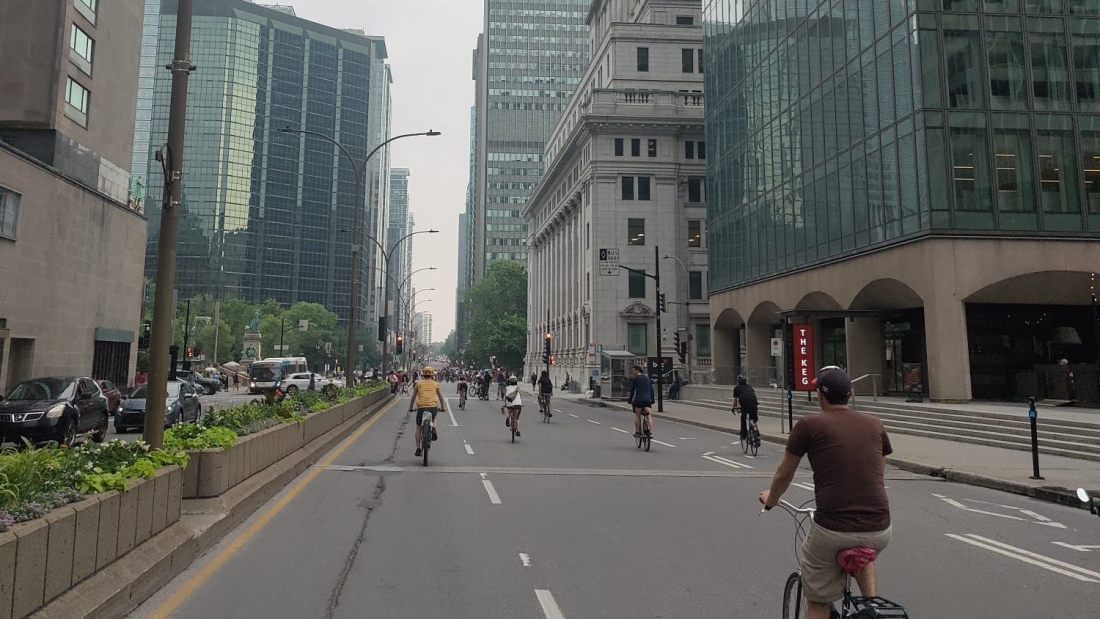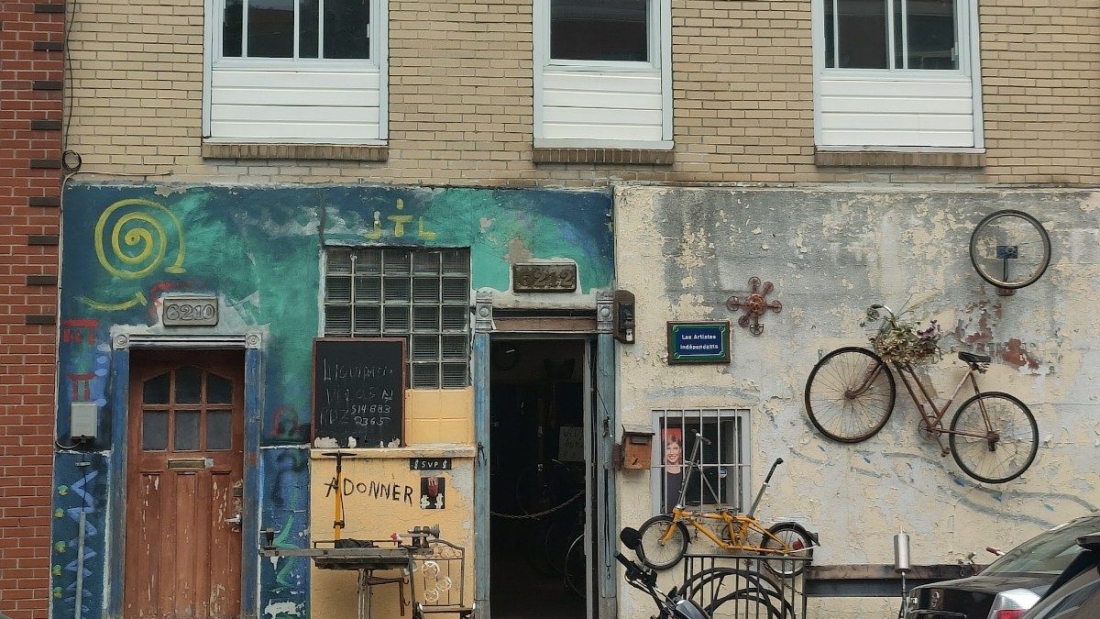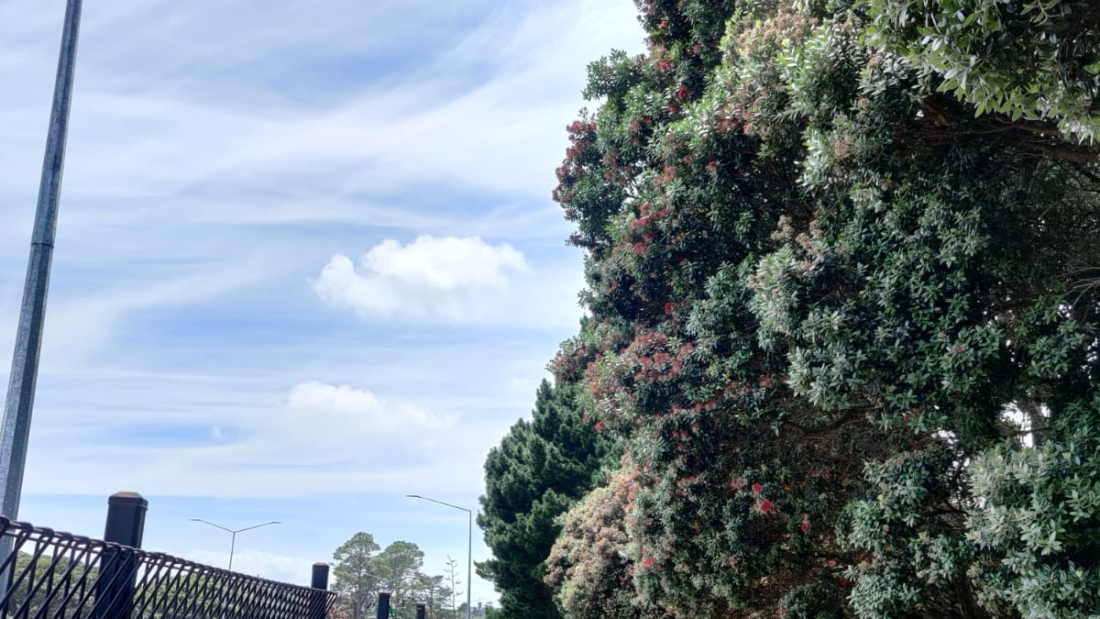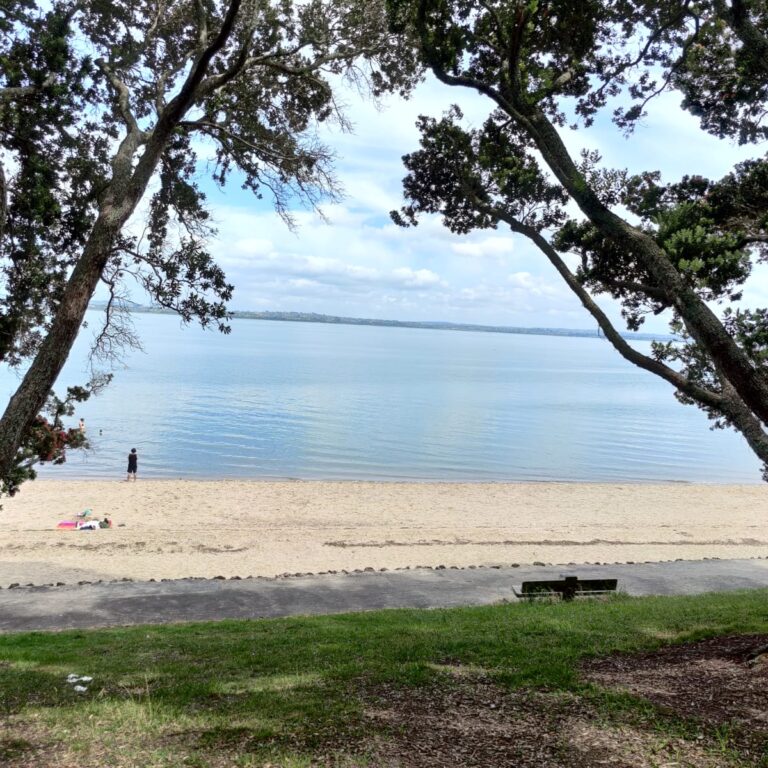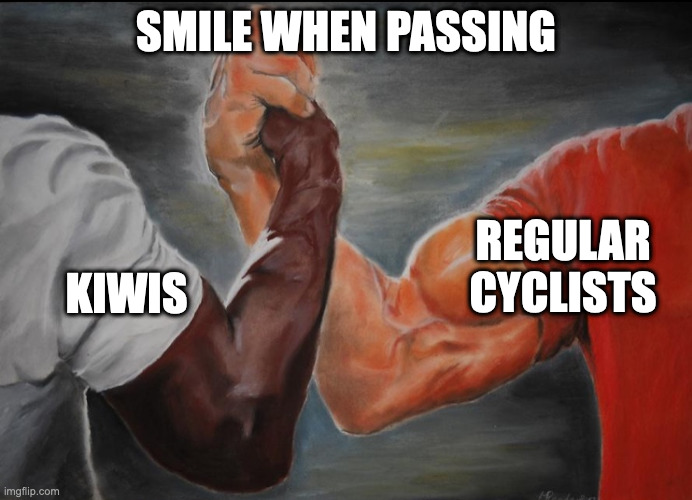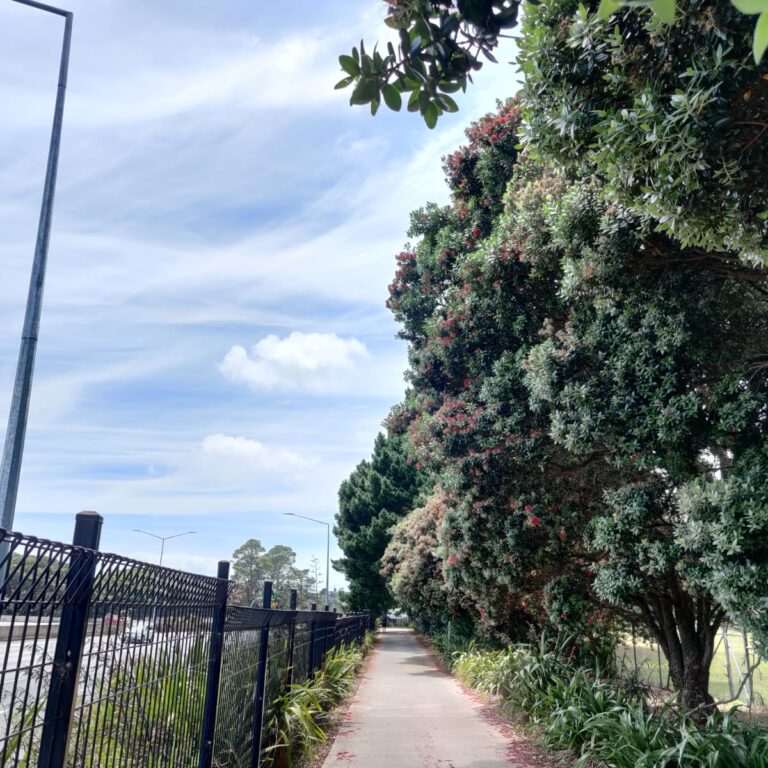City dwellers are conditioned to fear crossing the street, & car culture is behind it. But it need not be that way.
Cycling in Montreal: The good, the bad, the bumpy
A blog about the things I like and dislike about cycling in Montreal. This writing is like my riding: purely for leisure.
